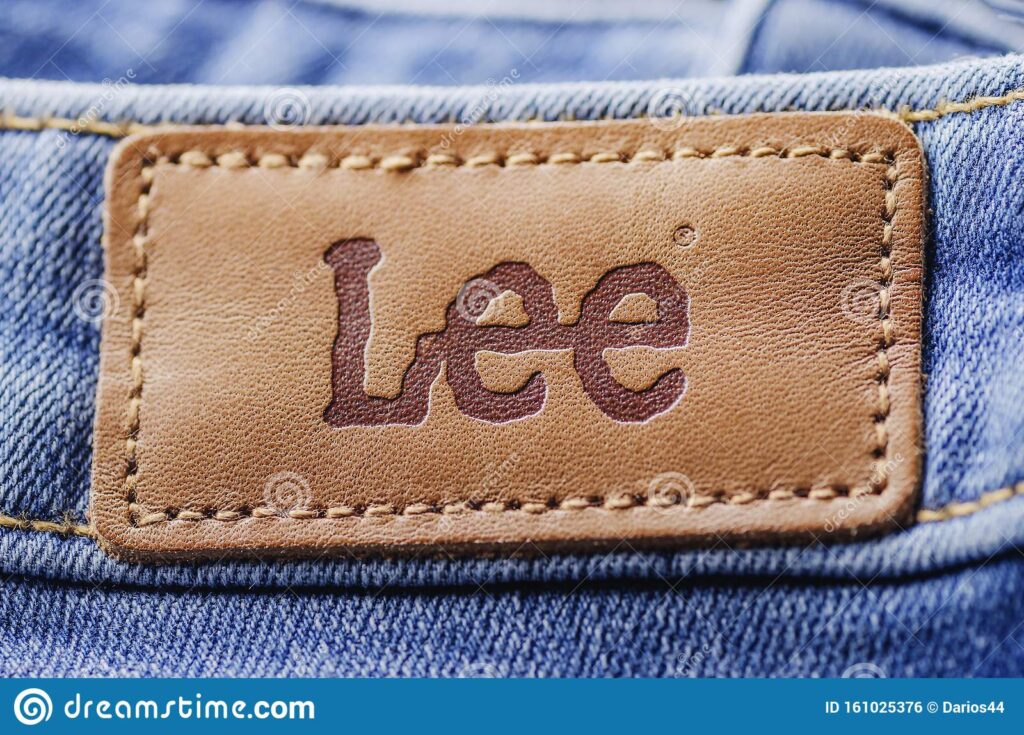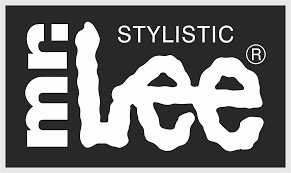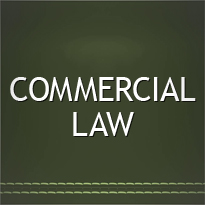G.R. No. 100098 – 251 SCRA 600 – Mercantile Law – Intellectual Property Law – Law on Trademarks, Service Marks and Trade Names – Trademark Infringement
In 1981, H.D Lee Co., Inc., a foreign company, filed an opposition against the trademark application of Emerald Garment. Allegedly, the trademark “Stylistic Mr. Lee” sought to be applied for by Emerald Garment is too confusingly similar with the brand “Lee” which has for its variations “Lee Riders”, “Lee Sures”, and “Lee Leens”. The Director of Patents as well as the Court of Appeals ruled in favor of H.D. Lee Co.
ISSUE: Whether or not the decision of the Court of Appeals is correct.
HELD: No. The Supreme Court considered that the trademarks involved as a whole and ruled that Emerald Garment’s “STYLISTIC MR. LEE” is not confusingly similar to H.D. Lee’s “LEE” trademark. The trademark “Stylistic Mr. Lee”, although on its label the word “LEE” is prominent, the trademark should be considered as a whole and not piecemeal. The dissimilarities between the two marks become conspicuous, noticeable and substantial enough to matter especially in the light of the following variables that must be factored in.
First, the products involved in the case at bar are, in the main, various kinds of jeans. These are not your ordinary household items like catsup, soysauce, or soap which are of minimal cost. Maong pants or jeans are not inexpensive. Accordingly, the casual buyer is predisposed to be more cautious and discriminating in and would prefer to mull over his purchase. Confusion and deception, then, is less likely.
Second, like his beer, the average Filipino consumer generally buys his jeans by brand. He does not ask the sales clerk for generic jeans but for, say, a Levis, Guess, Wrangler or even an Armani. He is, therefore, more or less knowledgeable and familiar with his preference and will not easily be distracted.
Finally, in line with the foregoing discussions, more credit should be given to the “ordinary purchaser.” Cast in this particular controversy, the ordinary purchaser is not the “completely unwary consumer” but is the “ordinarily intelligent buyer” considering the type of product involved.
There is no cause for the Court of Appeal’s apprehension that Emerald Garment’s products might be mistaken as “another variation or line of garments under H.D. Lee’s ‘LEE’ trademark”. As one would readily observe, H.D. Lee’s variation follows a standard format “LEERIDERS,” “LEESURES” and “LEELEENS.” It is, therefore, improbable that the public would immediately and naturally conclude that petitioner’s “STYLISTIC MR. LEE” is but another variation under H.D. Lee’s “LEE” mark.
The issue of confusing similarity between trademarks is resolved by considering the distinct characteristics of each case. In the present controversy, taking into account these unique factors, we conclude that the similarities in the trademarks in question are not sufficient as to likely cause deception and confusion tantamount to infringement.
Further, H.D. Lee failed to prove in court that it had prior actual commercial use of its “LEE” trademark in the Philippines. H.D. Lee did show certificates of registrations for its brand but registration is not sufficient. Actual use in commerce in the Philippines is an essential prerequisite for the acquisition of ownership over a trademark pursuant to Sec. 2 and 2-A of the Philippine Trademark Law (R.A. No. 166).
A rule widely accepted and firmly entrenched because it has come down through the years is that actual use in commerce or business is a prerequisite in the acquisition of the right of ownership over a trademark.
It would seem quite clear that adoption alone of a trademark would not give exclusive right thereto. Such right “grows out of their actual use.” Adoption is not use. One may make advertisements, issue circulars, give out price lists on certain goods; but these alone would not give exclusive right of use. For trademark is a creation of use. The underlying reason for all these is that purchasers have come to understand the mark as indicating the origin of the wares. Flowing from this is the trader’s right to protection in the trade he has built up and the goodwill he has accumulated from use of the trademark. Registration of a trademark, of course, has value: it is an administrative act declaratory of a pre-existing right. Registration does not, however, perfect a trademark right.
Visual Notes:




